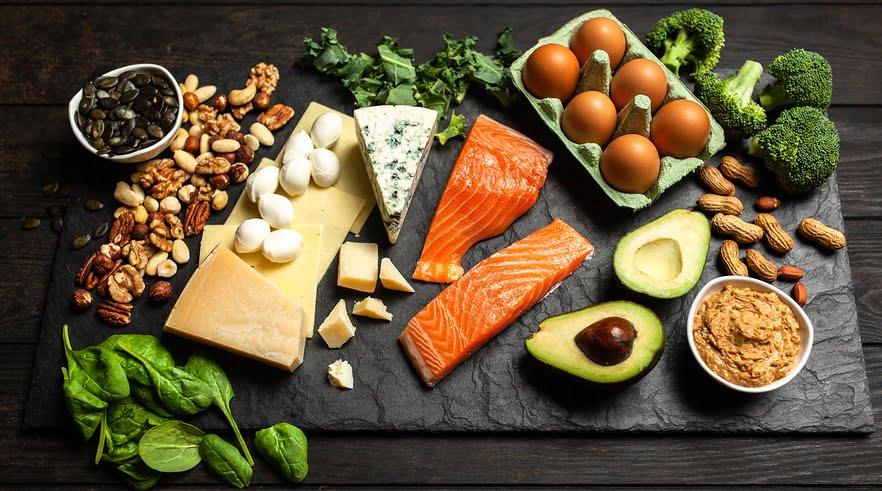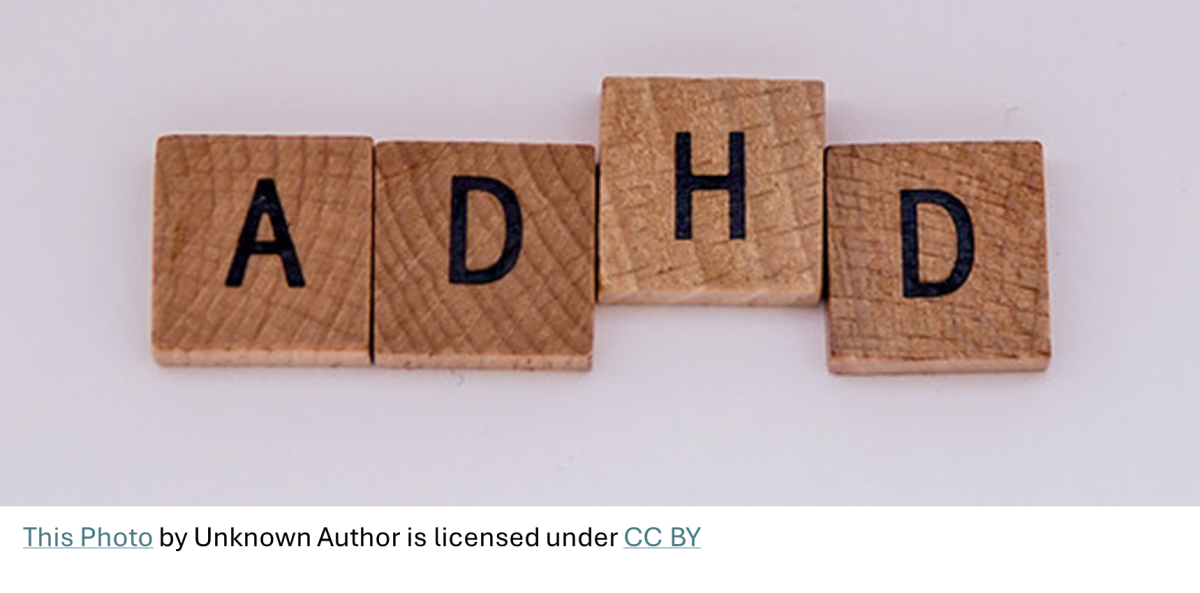Frank Riley of Leland, N.C., an avid golf and pickleball player, could not sleep. He knew he had to be up at six a.m. sharp and woke every few hours to check the time. Finally, six a.m. arrived, and he sprang to life, logged into the golf course portal, and secured a good tee time for his group for the next week’s golf game. “Thank goodness this task rotates amongst the group,” he thinks, “or I would lose a night’s sleep for every round we play.”
Later that morning, sleep-deprived Riley arrived at the course for a previously scheduled round, in plenty of time to stretch and warm up with a few chips and putts with his partners. For a week he had eagerly awaited his turn at the first hole and thought, “345 yards, par 4, I’ve got this.” He stepped up to the tee box, concentrated, took a practiced, calming, cleansing breath and exhaled, looked toward the fairway, brought his club back, and then forward in a smooth, skillful motion and shanked it. The groans, both real and imagined, could be heard around the fairway. Could the shank have resulted from his poor sleep the night before?
Golfers train to perfect their swings and spend hours choosing appropriate golf clubs and gear for play, but they must also learn mental and physical fitness. On average, it takes between three and four hours to complete eighteen holes, assuming you are using a cart. The game also requires walking to and from tee boxes and swinging your clubs. Consequently, a player must be aerobically fit. The game also requires mental ingenuity, so mental fitness is necessary. Evening and morning healthy habits often take a back seat to proper swing techniques and purchasing the best equipment. This article describes six habits that can change that and positively influence the outcome of your game.
Prepare Mentally
“Golf is primarily a mental game,” says Matt Gordon, PGA Director of Instruction at Magnolia Greens Golf Plantation, Leland, N.C. “Meditation is a great tool to mentally prepare for a golf game as it quiets the mind.” Gordon suggests establishing an evening meditation practice, “which can teach you how to calm your mind during a game.” He recommends Insight Timer, a free meditation app that can get you started. Nicole Weller, LPGA-PGA Golf instructor at Compass Pointe Golf Course in Leland, NC, views mental preparation as part of the human condition and suggests reading golf self-help books. “I love anything by Pia Nilsson and Lynn Marriott of Vision54. Pia coached Annika (Sörenstam), and together Vision54 and their team are my absolute favorite resources for maintaining the human factor within golf. They have many excellent books and resources out there, their first book being Every Shot Must Have a Purpose with great drills to do at the back of each chapter. Warming up our in-swing balance, tempo, tension awareness before and during the round.”
Preparing yourself mentally before a game is important because although a round of golf may last around four hours, the actual playing time is only around fifteen minutes, notes Weller. She adds that “the actual shots make up a small percentage of the game… the ability to dial in the mental focus when needed and manage the emotional components before, between and after shots are keys to success. How one handles slow play, groups pushing your group, pace of play, weather, social interaction with playing partners and more all contribute to the other time not spent hitting shots.”
Get a Good Night’s Rest
Most golfers need to consider how sleep and rest might affect their performance on the green. “Sleep is tricky, and I don’t mention it much to new players,” Gordon explains, “as everyone is so different. The goal is to be well rested.” The Sleep Foundation points out that there is a direct correlation between sleep and sharp thinking. Golf requires complex calculations and the ability to adjust from moment to moment to environmental factors. The game also involves patience, which requires a good night’s sleep. Lack of sleep slows thinking and reaction time and impairs judgment. It’s not a good outlook for a good golf game.
Eat a Healthy Breakfast
“A proper breakfast is crucial for athletes, including golfers who may be out on the course for several hours at a time,” explains Lizzie Briasco, a USA-certified Registered Dietitian with an MSc degree in sport and exercise nutrition and owner of Transition Nutrition, Wilmington North Carolina. “Golfers should try their best to include foods that provide carbohydrate, protein, fat, and fiber for sustained energy as part of a meal, ideally 2-4 hours before they start playing.” Briasco explains how each nutrient affects the golfer. Carbohydrates found in foods such as whole-grain toast, bagels, waffles, oatmeal, and cereal with nuts or seeds are the primary fuel source for our muscles and brains. Many of these foods are high in fiber, a type of carbohydrate, with breakfast (or any other meal) that helps stabilize blood sugar levels and contributes to a sense of fullness, both of which are important when golfers spend hours out on the course. At the same time, protein is needed for muscle repair, a strong immune system, and feeling adequately full. Some options include eggs, deli meat, chicken or turkey sausage, Canadian bacon, milk, yogurt, and cheese. Plant-based protein sources include nuts and nut butter, seeds, tofu, and nutritional yeast. Several types of fat are found in foods, and golfers need to focus on anti-inflammatory fats because these help decrease muscle soreness and promote muscle recovery. Anti-inflammatory fats are found mainly in plant-based sources such as avocados, guacamole, nuts and nut butters, seeds, and seed oils.
While calorie and macronutrient target ranges, which vary between individuals and are largely dependent on body size and activity level, can be helpful, I always encourage athletes to practice assessing their hunger/fullness cues to figure out how they feel physically when they perform best. A hungry athlete is usually distracted, so since golf is a very technical sport, they must be on point physically and mentally. To maintain the level of focus they need and minimize the risk of a shaky swing, fueling properly and not feeling too hungry is crucial to a good game. Briasco gives some examples of good breakfasts for golfers that meet all nutritional requirements, including fresh waffles or pancakes with butter or PB, syrup, fresh fruit, and chicken or turkey sausage. Two vegetarian options include a bagel sandwich with 1-2 eggs, a piece of cheese, and avocado with a fruit smoothie or an omelet with sautéed vegetables and cheese with two pieces of whole grain toast.
Plan for Healthy Snacks and Hydration
To prepare yourself for playing a three to four-hour round of golf, you should prepare a healthy snack to bring with you. Weller reminds golfers, "What you put into your body before and during a round will keep you energized or drain you. Constant grazing on handfuls of protein is good. I have a lunch bag that I dip into every few holes that might have a mix of hard-boiled egg or jerky, pretzels and almonds, orange slices, apple slices soaked in orange juice, a small piece of dark chocolate, avocado, or a protein bar.” Briasco recommends “snacks that combine some sort of carb with a protein source. Again, since golfers don’t have to worry too much about gut distress, I would also include some anti-inflammatory fats. I encourage golfers to bring a small cooler as this expands snack options to more than just shelf-stable foods and to have a snack between each meal. Fueling consistently is key, so I recommend eating a meal or snack at least every 2-3 hours.” Briasco recommends snacks such as a Greek yogurt cup with a small handful of granola, cereal with banana or berries, 1-2 handfuls of pretzels with a peanut butter cup (JIF to-go is a life- saver!), cheese sticks or beef jerky with an apple sauce pouch, a deli meat sandwich, or peanut butter and jelly sandwich. Weller suggests that water is the best for hydration, and you should strive to drink 8 ounces every 30 minutes, adding that during extreme heat, you should add safe electrolytes to your water. Weller includes a note from the Cleveland Clinic. “Electrolytes are substances that have a natural positive or negative electrical charge when dissolved in water. An adult's body is about 60% water, which means nearly every fluid and cell in your body contains electrolytes. They help your body regulate chemical reactions, maintain the balance between fluids inside and outside your cells, and more. Your body gets electrolytes or their components from what you eat and drink and you also lose electrolytes when you sweat.”
Briasco warns that alcohol can dampen every reflex. “I know it’s not unusual to fancy a pint while on the course! But alcohol can lead to dehydration, increased muscle soreness and inflammation, gut distress and urgency, and decreased cognitive functioning, all of which can throw golfers off their game. It also interrupts muscle protein synthesis, which can impede muscular gains and function for athletes, including golfers.” Gordon also does not recommend alcohol consumption before or during a golf game. However, he notes that for some people, “it relaxes them, and they can swing more carefree, and probably better than without alcohol.”
Prepare Your Body, Warm up and Stretch
To stay calm and focused, a player should be physically fit, not just in strength and agility but also aerobically. The better your physical condition, the more concentrated you will be. Golf requires not only physical strength but also physical dexterity. A golfer must be able to control the golf club using arms, hands, and even fingers to swing and strike the ball with precision. Weller declares, “Your body is your first piece of equipment with which to play golf, so how you fuel and prepare/stretch it out for the movements and endurance of the game is personal yet vital.”
A published study by Sorbie Graeme and colleagues showed that a small, six-week yoga program improved a golfer’s swing compared to a non-yoga control group. Pelvic rotation increases with yoga practice, making the swing more powerful. “Yoga is a fantastic activity for golf. It focuses on core strength, balance, and belly breaths,” says Gordon. The reward is the ability to focus while standing on the green, which allows you to reach your full potential in your golf game. Gordon practices yoga, as do other professional golfers.
Arrive Early
“Don’t be a trunk-slammer,” says Gordon. These are players who arrive 5 minutes before their tee time, slam the trunk, and stomp off with their clubs to tee off. Gordon encourages students to come early and warm up. “If you stretch at home and live less than 10 minutes away, take 20-50 practice balls using a driver for the last few minutes. Chipping is a good activity, followed by five minutes of putting.” If you stretch before leaving home and your drive is for more than ten minutes, start with another stretching routine and dynamic warm-up. You should check for online videos for stretches specific to golfing to warm up the hips and core.” “If you’re not early to the course, you’re late,” Weller declares. She suggests that you adjust your arrival time in your head to arrive thirty minutes before tee time. An early arrival will give you time to warm up and handle anything unexpected. You should begin by imagining what you want to happen today while remaining open to possibilities.
Despite the lack of sleep, Riley finished 18 holes with a satisfactory score of 100. It was not his best game, but a sufficiently good round of golf. He knows that his preparation—practicing yoga, staying physically active, playing pickleball, and maintaining healthy eating habits—helped him recover from his catastrophic performance on the first hole. Riley is already looking forward to next week and the next game!








